|
Eric Lander, or, as I shall call him, Slanderous Lander, of the MIT BROad Institute, recently published The Heroes of CRISPR. This tacky piece of revisionist history is a blatant attempt to downplay the role of Jennifer Doudna and Emanuelle Charpentier in, um, discovering CRISPR genome editing.
For those who don’t know, CRISPR is THE hottest technology in biology right now. It’s being used to do everything from gene therapy to engineering mosquitoes that can eradicate malaria. It’s a simple way to cut and edit DNA (and, in a way, it’s surprisingly natural – bacteria have been using this exact enzyme to cut DNA for millions of years). To learn more, check out this RadioLab:
Although Slanderous Lander’s piece highlights the accomplishments of men in CRISPR, here’s what actually happened:
In August 2012, Doudna and Charpentier at the University of California, Berkeley, published A programmable dual-RNA-guided DNA endonuclease in adaptive bacterial immunity in Science. The paper discussed the mechanism Doudna and Charpentier discovered for CRISPR Cas-9 adaptive immunity: a nucleas (an enzyme that cuts DNA) that is guided to a target site by a small RNA. The team had already filed their patent to use the technology for genome editing in May 2012. Then, in December 2012, MIT Professor Feng Zhang at the Broad Institute, submitted a similar patent for CRISPR – but he submitted his fast track, because he knew Doudna had already published her paper, and was waiting on her patent. Despite the fact that Doudna CLEARLY discussed the uses of this technology for gene editing – and, in fact, the last sentence of her abstract (i.e., the summary of the entire paper) was: “Our study reveals a family of endonucleases that use dual-RNAs for site-specific DNA cleavage to exploit and highlights the potential to exploit the system for RNA-programmable genome editing.” 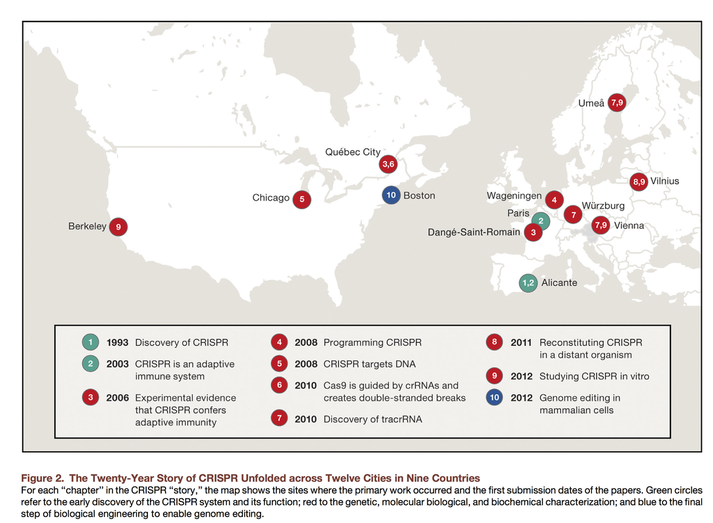 Lander puts Boston on the map with its own color, and downplays Berkeley as 'CRISPR in vitro.' Lander puts Boston on the map with its own color, and downplays Berkeley as 'CRISPR in vitro.'
In other words, there was an explicitly-stated, CLEAR logical next-step application of this technology: eukaryotic (human) gene editing. Yet Broad’s weak, pathetic little claim is that, because they used CRISPR in human cells first (err… simultaneously with Harvard scientist George Church, whose study on CRISPR in human cells appeared in the exact same edition of Science – which, again, clearly demonstrates the obviousness of Zhang’s application)… Doudna, the MOTHER of CRISPR, who discovered the mechanism, published first, and applied for a patent more than six months before Zhang/Broad, should only get a patent for bacterial uses.
(Worth noting: in addition to Church and Zhang, Doudna also showed CRISPR in human cells, very shortly after Church and Zhang.) Yet Slanderous Lander’s False History (err... the Male Heroes ) of CRISPR makes it sound like Doudna and Charpentier, who will likely (or, at least, should) win a Nobel for their contributions, did some inconsequential early work in vitro. The graphic associated with Slanderous Lander’s paper features BOSTON, not Berkeley -- and the Broad Institute got their very own special color on the map to show how “important” their contribution was, relative to other institutions’. Moreover, Slanderous Lander gives a life history of the AMAZING FENG ZHANG’s amazing childhood and aaaaamazing high school career. Sure, his graduate work was impressive – he was involved in the development of optogenetics, one of the hottest new technologies in neuroscience. He rightly deserves credit for this work. However, where is the history of the amazing Jennifer Doudna? Where is the discussion of her career and research, which is also impressive? No one knows! All we know is that Slanderous Lander’s paper was largely motivated by the BROad's upcoming patent dispute, in which Doudna was (rightfully) given priority on the technology -- meaning that they need to prove their technology against her prior claim. If they can’t, she is the default winner. All this will be decided by a panel of three judges in the U.S. Patent Office. I’m curious what the gender of these judges will be, and how that will affect their impressions. (Don’t even get me started on what the psychology research says about this.) I’m also curious about the degree to which the CRISPR drama mirrors the contributions women make in science vs. the credit they receive for them. For example, Doudna and Charpentier discovered CRISPR, and Rachel Haurwitz, Doudna’s (female) former graduate student, founded Caribou Biosciences, one of the first CRISPR startups.
But ALL the press and ALL the hype is about the amazing Feng Zhang and George Church and their startup, Editas. Once again (not to vilify George Church – he seems nice enough, and his book, Regenesis: How Synthetic Biology Will Reinvent Nature and Ourselves, is pretty spectacular), we’ve got the media writing these long, flowery articles about how Church was a born genius who was destined to change the world! We’ve got all this hype and all these investments going to Editas, rather than Caribou. (Worth mentioning: Editas is only two years old, yet it’s about to IPO. I can’t help but wonder if they’re doing it because they know they might lose their intellectual property soon.)
Or, for another example: take a look at the number of women with faculty positions at top research universities. Compare it to the number of female graduate students at the same institutions. According to the NSF, in 2006, 51.8% of Ph.D. recipients were female, but only 32.3% of tenured or tenured-track faculty were female. In the U.S., almost a third of women faculty are in non-tenure track positions, compared to 20% of men. What’s up with that? The problem isn’t that not enough women are pursuing science. There clearly are. They just aren’t being FAST TRACKED the way men (and their patents) are. In spite of what former Harvard President Lawrence Summers would have us believe, there are not “innate differences in women’s abilities in science.” There are just some pretty powerful institutional barriers that keep them from the top ranks. For example:
In 2014, Facebook and Apple announced that they would offer egg freezing as a benefit to their female employees. That’s good, I guess. It is a solution to some of some women’s problems. But it does nothing to address anything listed here, and is hardly a comprehensive solution. So what can we do about it? Well, for one, be angry – be very angry! – about what’s happening with the CRISPR patents. With all the institutionalized sexism female scientists have to overcome to achieve, it is shocking to me that this, too, is something Doudna and Charpetier have to fight for. Two, let’s examine the way we and the media talk about women vs. men in science. Church and Zhang’s entire childhoods have been written about extensively. Where are the glorified stories about Doudna – or even Elizabeth Holmes? Sure, her science was a sham, and she’s not even a real scientist… but she’s a woman “in science” who has received some hype… but every story I’ve ever read about her starts with her dropping out of Stanford. It’s not about her lifelong, amazing, innate genius. Do I think stories should focus on that? No, not necessarily. It kind of reinforces the idea of a fixed mindset. But I’m definitely tired of reading about women who contributed by “working hard” or “stumbling upon” some important result… while their male coworkers are “lifelong geniuses” (a perception that, undoubtedly, affects award, grant and hiring decisions). Third: men, stop taking credit from women. Women, stop not self-promoting. If you think it will help, read a book like The Assertiveness Workbook: How to Express Your Ideas and Stand Up For Yourself at Work and in Relationships. Everyone: stop using words like “bossy,” “assertive” and “aggressive” towards women in a derogatory manner. Let's be mindful of the stereotypes and narratives we're sharing. It could be a great next-step for scientific innovation.
2 Comments
3/1/2017 03:43:57 am
This website and I conceive this internet site is really informative ! Keep on putting up!
Reply
3/15/2017 11:10:13 pm
I recently found many useful information in your website especially this blog page. Among the lots of comments on your articles. Thanks for sharing.
Reply
Leave a Reply. |
About the Author

Eva is a content specialist with a passion for play, travel... and a little bit of girl power. Read more >
Want to support The Happy Talent? CLICK HERE!
Or Find me on Patreon!
What's Popular on The Happy Talent:
Trending in Dating and Relationships:
What's Popular in Science: Playfulness and Leisure Skills:
Popular in Psychology and Social Skills:
Categories
All
|
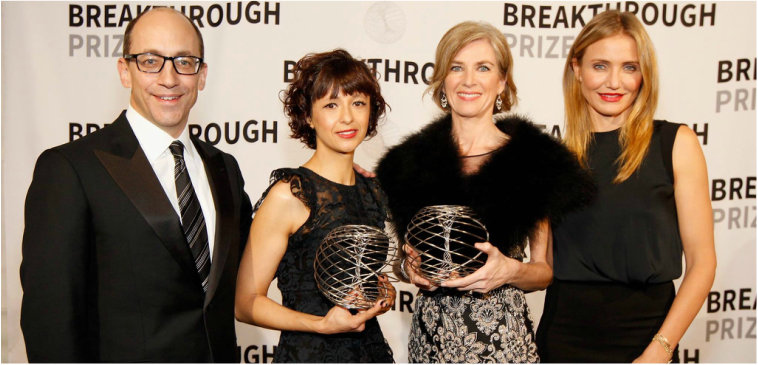



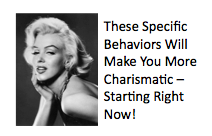

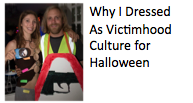





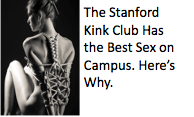

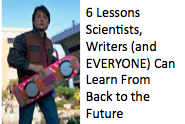







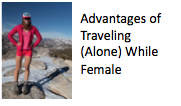

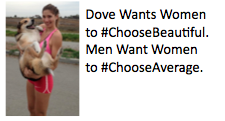
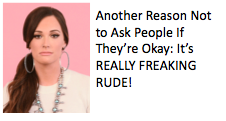
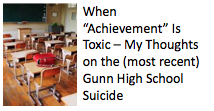
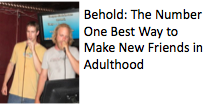
 RSS Feed
RSS Feed